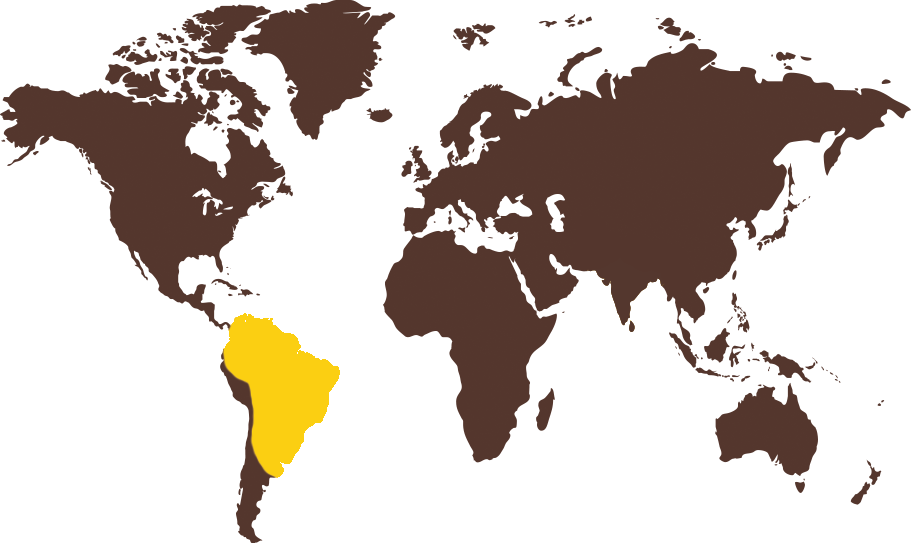Gallery!

Borzasztó csörgőkígyó

Borzasztó csörgőkígyó

Borzasztó csörgőkígyó

Borzasztó csörgőkígyó

Görög teknős

Görög teknős

Görög teknős

Görög teknős

Görög teknős

Királypiton

Királypiton

Mór teknős

Mór teknős

Mór teknős

Mór teknős

Mór teknős

Sarkantyús teknős

Sarkantyús teknős

Sarkantyús teknős

Sarkantyús teknős

Tompaorrú krokodil

Tompaorrú krokodil

Tompaorrú krokodil

Tompaorrú krokodil

Tompaorrú krokodil

Tompaorrú krokodil

Tompaorrú krokodil

Zöld leguán

Zöld leguán

Zöld leguán

Zöld leguán

Zöld leguán

Zöld leguán

Zöld leguán

Zöld leguán

Zöld leguán

Zöld leguán

Zöld leguán

Albínó tigrispiton

Albínó tigrispiton

Albínó tigrispiton

Albínó tigrispiton

Albínó tigrispiton

Kockás piton

Kockás piton

Kockás piton















